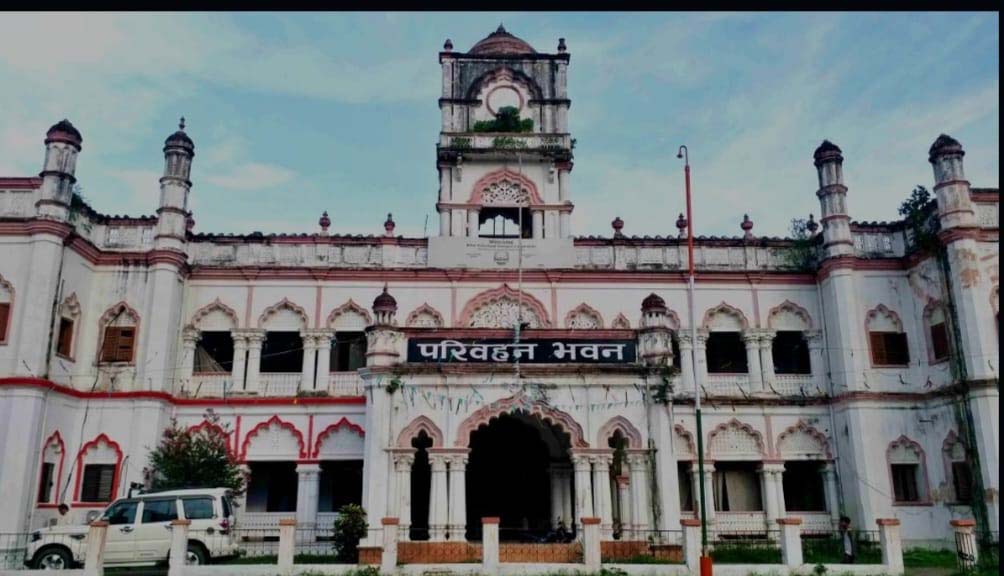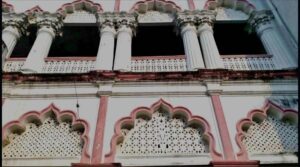
Sultan Palace
By Neeraj Kumar
Patna: In line with the model set by Rajasthan, Bihar is now working to establish itself as a destination for weddings. A historic landmark, Sultan Palace, will be converted into a 5-star heritage hotel, marking a significant shift in the state’s approach to heritage preservation and tourism development. The Bihar government has reversed its earlier decision to demolish Sultan Palace in Patna, opting instead to revitalise the building with a new identity as a luxury hotel. The decision has been well-received by the public.
“Building a five-star hotel will elevate the state’s brand. Tourists from other countries will have a place to stay, and it will also attract industrialists to consider Bihar for investment. This project will create jobs, and as a heritage hotel, it will also draw interest for destination weddings,” said Dr Aviral Pandey, Economist.
Initially, the government had planned to construct three five-star hotels in Patna, one of which involved demolishing the historic Sultan Palace. This proposal faced strong opposition from civil society, prompting a campaign to preserve the building’s historical identity. ETV Bharat played a key role in highlighting the issue, which led to the government’s decision to redevelop Sultan Palace as a heritage hotel.
The Sultan Palace complex, formerly known as the office of the Transport Department, spans approximately 10 acres. Alongside the transformation of Sultan Palace into a 5-star hotel, a 4-star hotel will also be developed on the adjacent land. Both hotels will feature 150 rooms each, with provisions for tourists to explore the grounds of Sultan Palace, which will be enhanced by impressive lighting installations.
Sultan Palace, a symbol of Patna’s rich history, has long attracted visitors from across India and beyond. Built in 1922 by Sultan Ahmed Saheb at a cost of approximately ₹22 lakh, the palace features exquisite craftsmanship by renowned artisan Manjul Hasan Kazmi.
The palace is a unique blend of Indian, European, Mughal, and Rajput architectural styles, known collectively as the Indo-Saracenic style. During the British colonial era, architects fused Rajasthani, Mughal, Maratha, and ancient Indian architectural elements to create this distinctive style. Sultan Ahmed gave special emphasis to Mughal and Rajput designs, with the rear of the mansion serving as the Zenana Mahal (women’s quarters) and the front reserved for men.
White marble was used extensively in the construction, while 18-carat gold adorned the ceilings and walls of the main hall and dining room. The intricately carved staircase leading to the upper floor was built from wood imported from Burma (now Myanmar). The palace also features vibrant glass windows and ventilators imported from overseas, along with stunning floral and leaf paintings on its walls.

The campaign to save Sultan Palace was led by civil society, including former IPS officer Amitabh Kumar Das, who corresponded extensively and spearheaded efforts to prevent its demolition. Intellectuals and heritage activists also rallied behind the cause. In response, the government cancelled its demolition plan. Amitabh Kumar Das welcomed the decision, expressing hope that the palace would soon regain its former glory.
“It’s a relief that the government has reconsidered its decision. Now, instead of being demolished, this palace will become a heritage hotel, the first of its kind in Bihar. This will open up vast opportunities for tourism in the state,” said Amitabh Das, former IPS.







